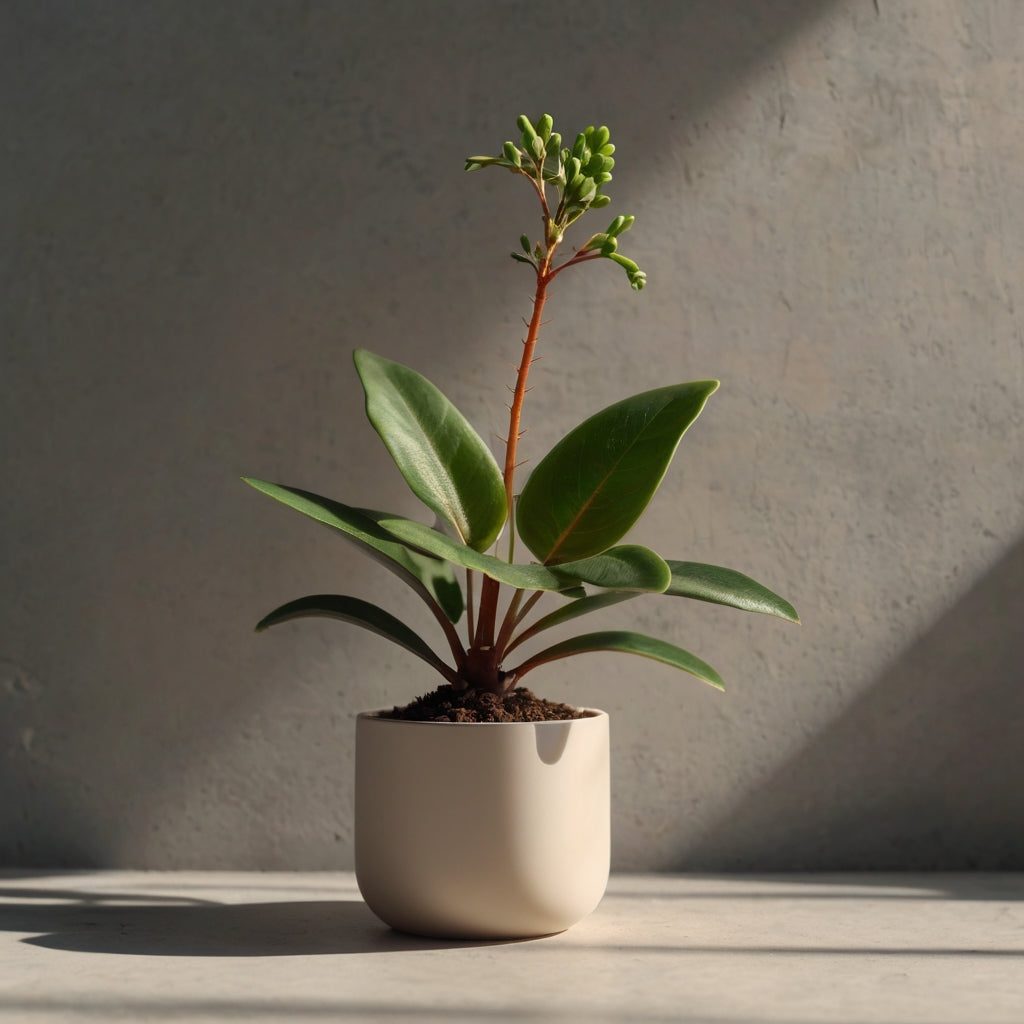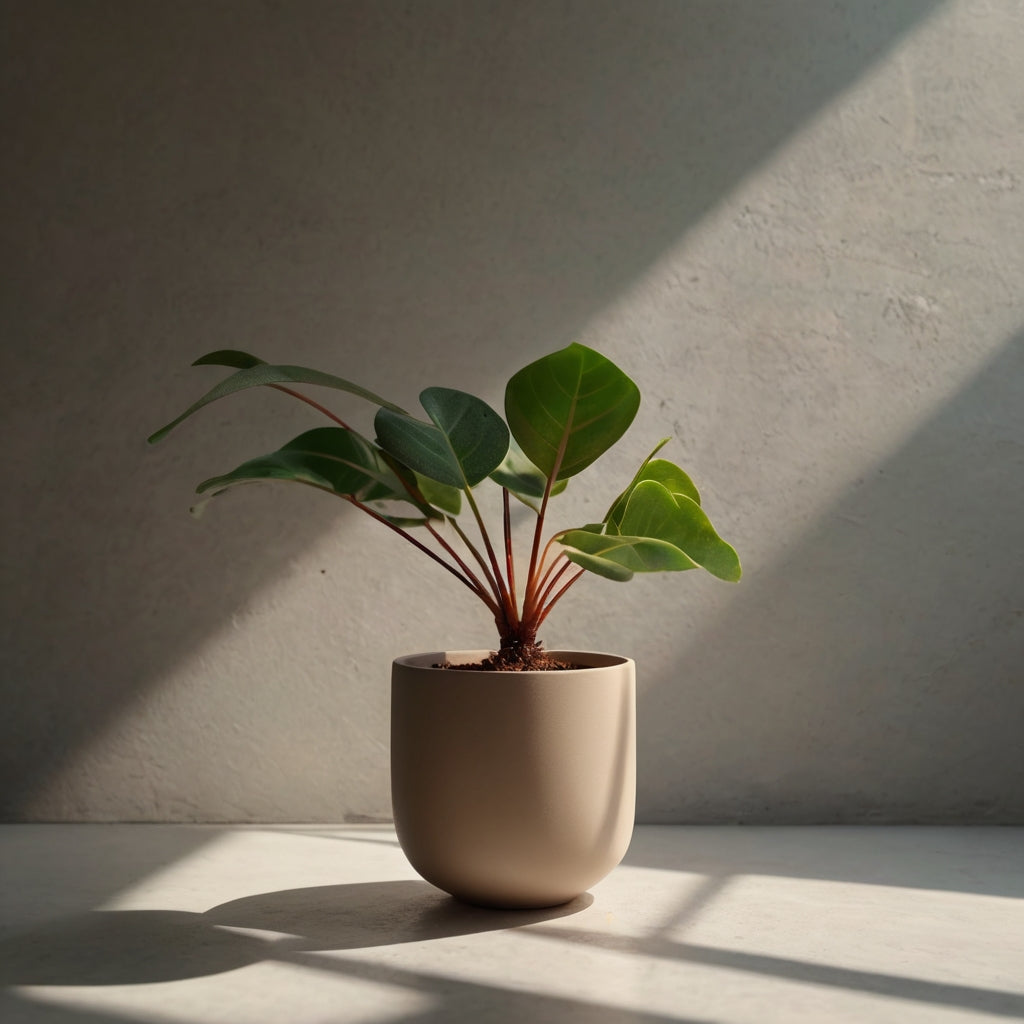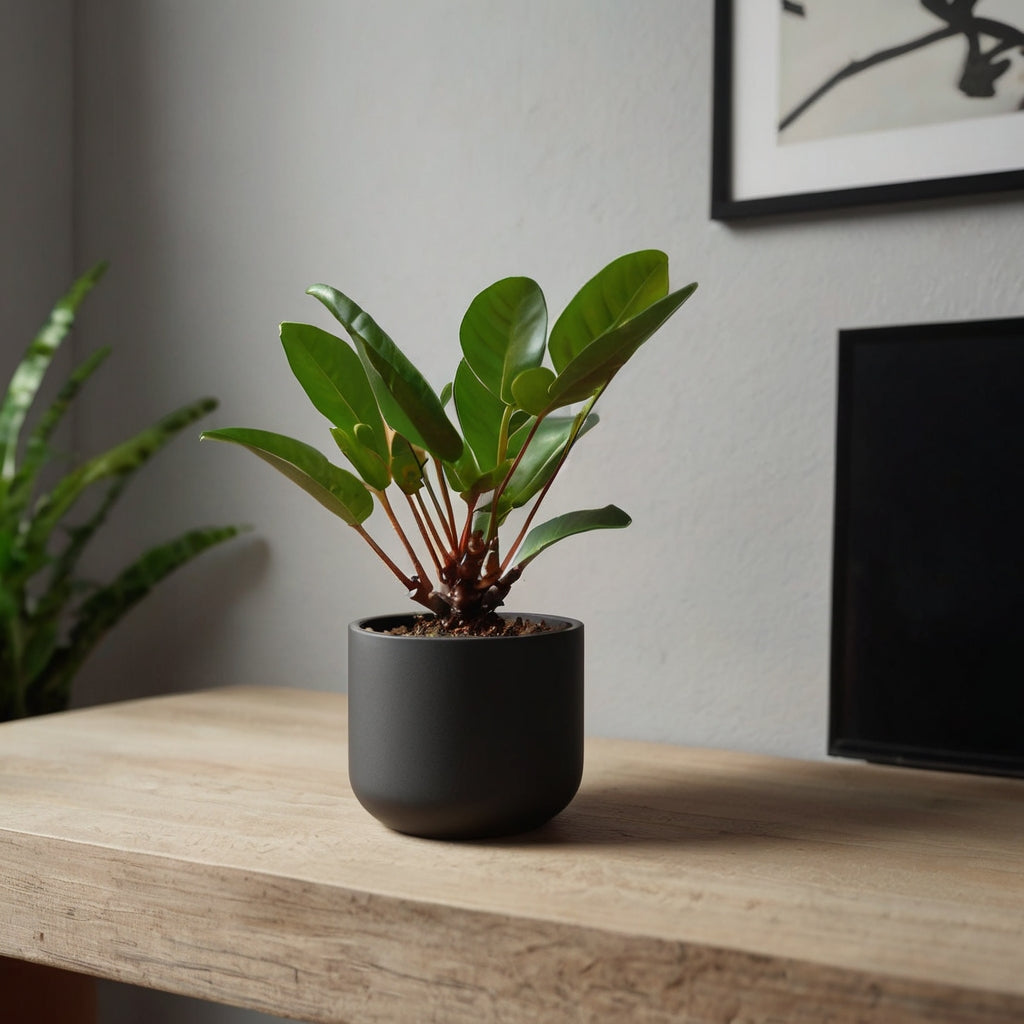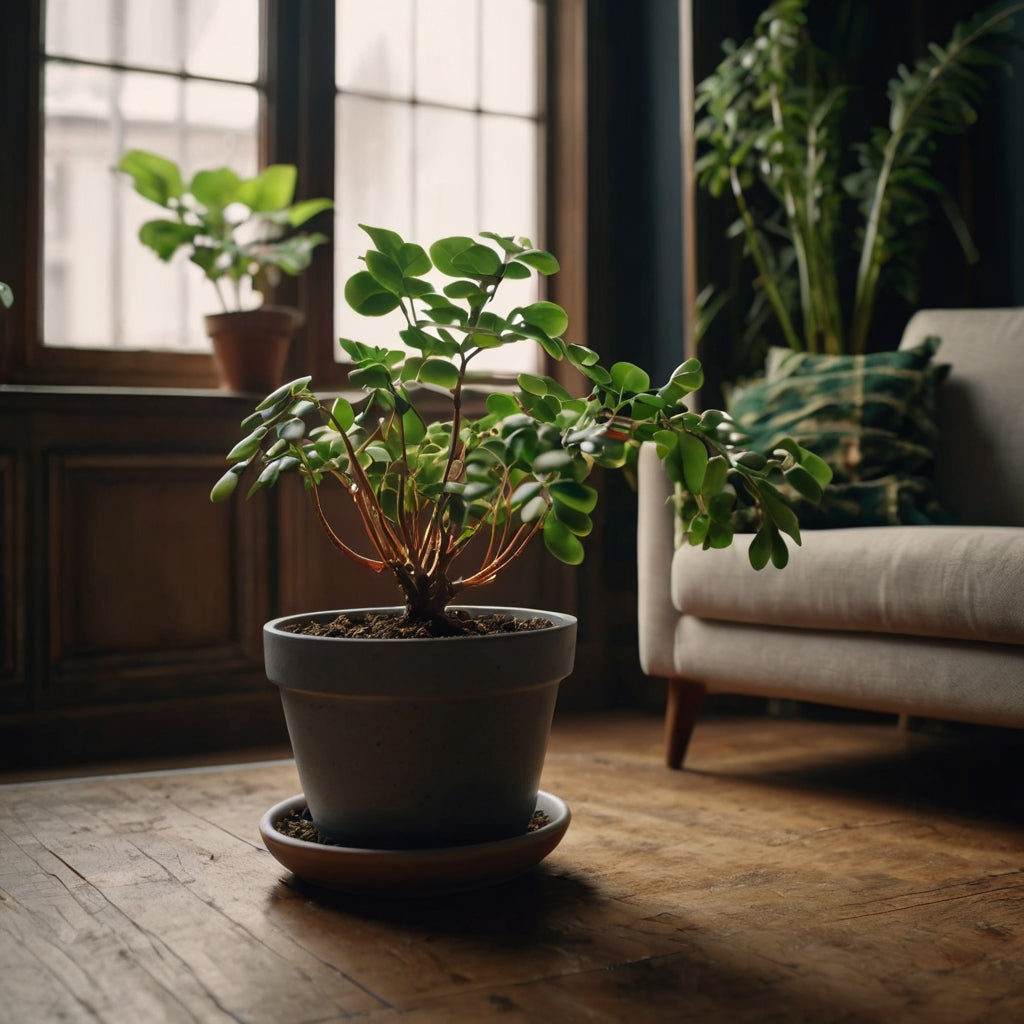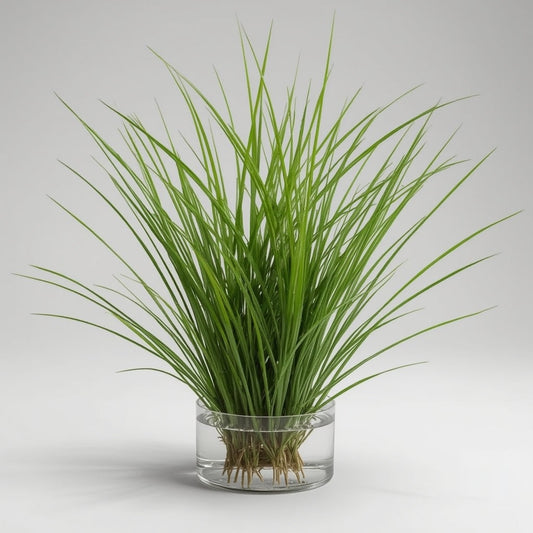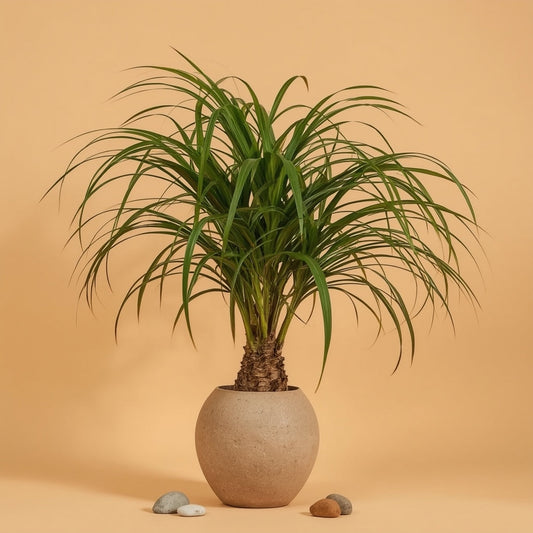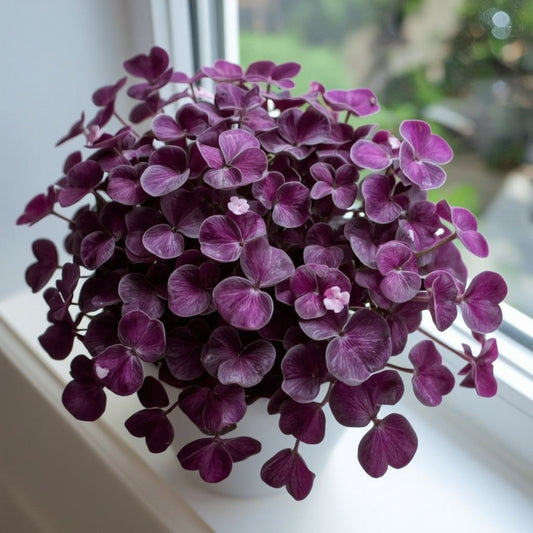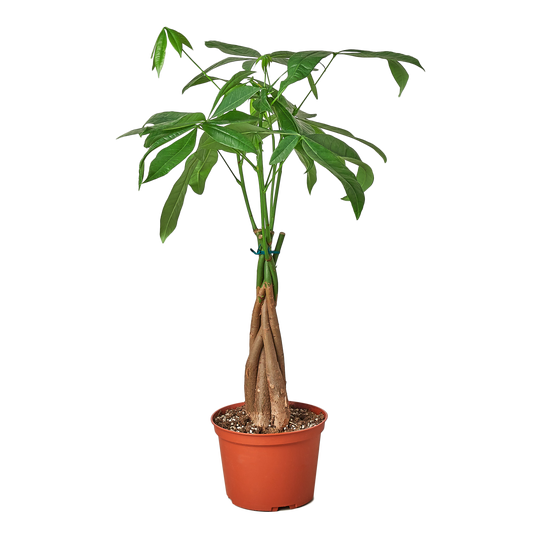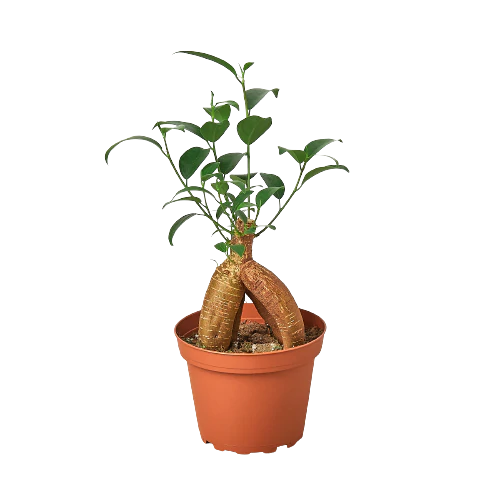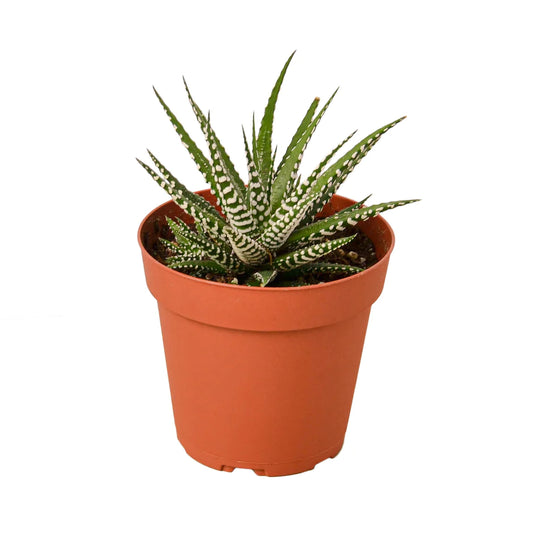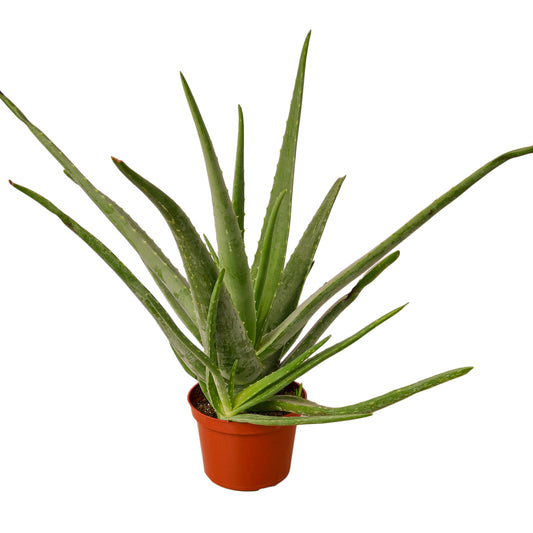Ant Plant: Nature’s Living Sculpture
Plant Care Summary
Light
Bright, indirect light; can handle some morning sun.
Water
Allow soil to dry between waterings; avoid overwatering.
Humidity
Prefers moderate humidity but adapts to average household levels.
Temperature
65–85°F (18–29°C); protect from cold drafts.
Fun Facts
Ant partnership
In nature, ants live inside the plant's swollen stem.
Water storage
The caudex acts as a reservoir during dry periods.
Slow grower
Can live for decades with the right care.
Rare find
Highly prized among exotic plant collectors.
Sad Plant Signs
Shriveled caudex
Indicates underwatering—give a deep soak.
Yellow leaves
Usually from overwatering or poor drainage.
No growth
May need more light or warmth.
Rotting base
Sign of excessive moisture—reduce watering.

